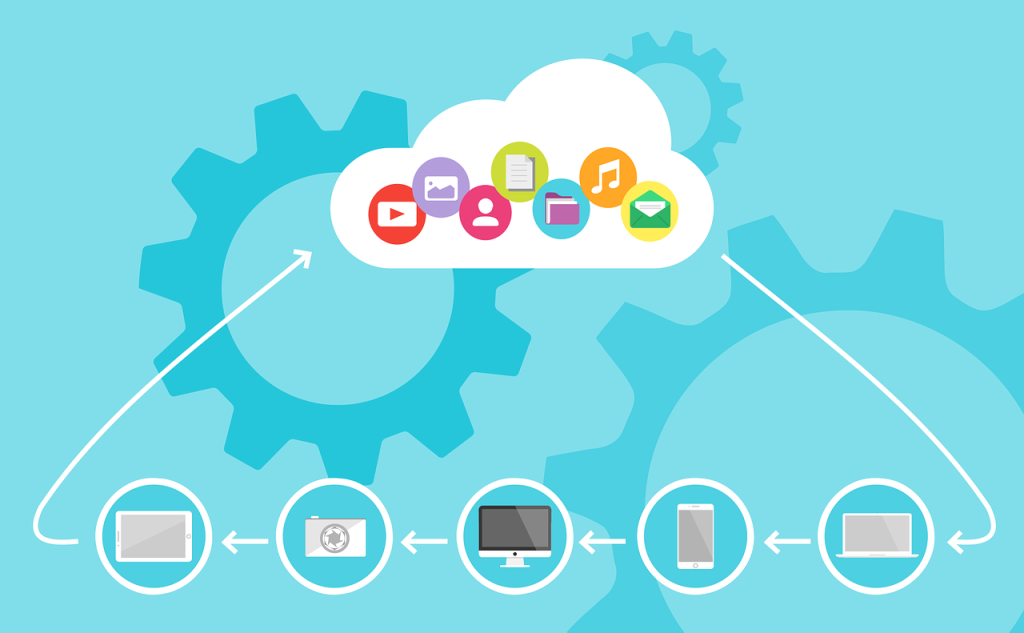
As more businesses move their data to the cloud, the benefits of using public cloud services are clear – increased scalability, flexibility, and cost savings. However, along with these advantages, there are also some risks involved. This article explores the potential dangers of using public clouds and provides you with actionable strategies to mitigate them.
What are Public Clouds?
Public clouds are cloud computing services that provide access to shared computing resources, such as storage and processing power, through the internet. This means that, instead of maintaining an in-house server infrastructure, businesses can use the public cloud to host their applications, data, and services.
The benefit of public clouds is that they enable businesses to quickly deploy and run cloud app security that protects businesses from cyberattacks as well as limits access to approved users.
Security Risks of Public Clouds
Users must ensure their data is protected from malicious actors. The most common security risks associated with public clouds include the following:
- Data Breaches: A data breach can occur when a malicious actor gains unauthorized access to the cloud infrastructure and obtains sensitive information. This type of attack can lead to stolen data, financial loss, and reputational damage.
- Insider Threats: An insider threat refers to someone who has access to the cloud infrastructure and uses it for malicious purposes. This type of attack can be difficult to detect as the actor may have legitimate access to the system.
- Account Hijacking: Account hijacking occurs when a third party gains access to a user’s account and performs malicious activities on the cloud infrastructure.
- Denial of Service Attacks: This type of cyberattack occurs when a malicious actor floods the network with fake requests to overload the system and deny access to legitimate users.
- Unsecured Data: This occurs when an organization fails to properly secure its data on the cloud infrastructure, leading to data leakage, theft, or manipulation by hackers.
Security Measures For Reducing the Risks of Public Cloud Usage
- Data Encryption: Helps ensure that even if someone were to gain access to your data, they would not be able to read it without the key. Before sending sensitive data to a public cloud, encrypt it. Consider using a trusted key management system that enables the secure storage, rotation, and retrieval of encryption keys.
- Access Control: Access control refers to the measures used to regulate who is allowed to access data stored on a cloud platform. Authentication verifies the identity of a user, while authorization determines the level of access they have.
- Use Two-Factor Authentication: Two-factor authentication should be enabled to provide an extra layer of security. This requires users to input two or more different types of credentials before gaining access to their accounts.
- Train Your Employees: Ensure that all employees receive adequate training on the correct usage of public cloud services. This can help reduce the risk of mistakes being made, which can lead to data breaches.
- Backup Your Data Regularly: By backing up your data regularly, you can prevent potential losses due to server crashes or malware attacks.
Endnote
As the use of public clouds becomes prevalent in today’s business landscape, it’s critical to understand the potential risks that come with this technology and take steps to mitigate them.
By implementing the strategies outlined in this article, you can ensure that your organization can safely and effectively leverage public cloud services. Take action and start mitigating the risks involved in using public clouds to maximize the benefits of this powerful technology for your business.
